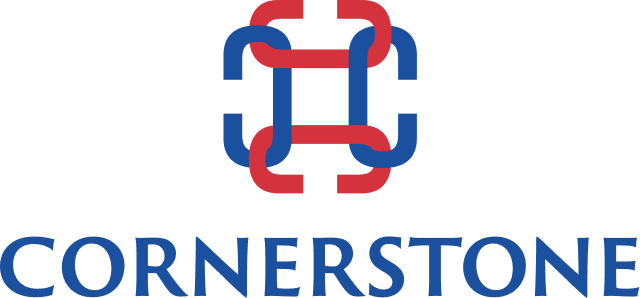Make Talent Selections More Objective and Quantifiable!
We do not see things as they are. We see them as we are!” – Harry Freedman, author and entrepreneur
In my previous column on Agile Talent, we discussed the second of nine steps which make up the three stages of talent selection – Preparation, Selection and Verification). That column showed that you will get a better and clearer picture of talent if you look at it from three different angles: ability (and knowledge), identity and motivation. Today, in the third step of Preparation, we will dive deeper into how to make selections more objective and quantifiable.

Intuition?
Any observation of people is bound to be complicated and somewhat biased. None of us has a fully objective view of the world. Decisions on the hiring or rejecting of talented individuals are governed by emotions more often than not. Taking your intuition into account is fine, provided it is not the sole foundation for your decision.
I would encourage you never to ignore your intuition, but it does not make sense to let gut instinct get the upper hand in the decision-making process. In my opinion, hiring decisions ought to be more rational, objective and quantifiable! Over the years, I have found that there are several methods for making selections more objective. The two you should never skip are:
- Focused interviewing
- The four-eye principle
Focused Interviewing
A focused interview is nothing more than a structured interview. The idea behind it is that you will use a list of predetermined criteria to decide if a candidate is suitable for the position. You will have drawn up this list based on the job requirements, which become clear after outlining the company context.
Research has proven that this kind of interview offers hugely improved validity compared to unstructured interviews (See Schmidt & Hunter Findings). Highly experienced recruiters and executive searchers will find this to be true, but those with little experience in selecting talent are likely to benefit even more. Inexperienced recruiters are far more inclined to be distracted by a candidate’s exceptionally positive or negative qualities, even when they are largely irrelevant to the future position and should not to be considered at all.
You might be tempted to think that there is little chance you would be distracted this way, but you would be seriously mistaken. In a matter of seconds, the first impression the candidate makes captures the interviewer’s mind. Quite often the interviewer will then spend the rest of the session proving that impression.
A negative first impression may stem from a limp handshake or from the candidate avoiding eye contact during the first few minutes. But what does a limp handshake have to do with an ability to think strategically and analytically? While this kind of instant decision-making has been proven to have almost no validity in predicting someone’s future success, many interviewers are tempted to let their first impression be their guide. The way to avoid this problem is to conduct a structured or focused interview.
It has been proven over and over that unfocused interviews offer poor predictions of how a candidate might perform in a future position, and yet they are still widely used.”
The Four-Eye Principle
While structured interviews bring a degree of objectivity to the proceedings, multiple rounds of interviews involving several people in each round improve results even more. It really makes sense to conduct interviews in pairs. By doing so, both interviewers can make up their own mind independently.
It is useful to have a form to complete on which you score the candidates against criteria during the interview. Such a form also provides room for the selecting recruiter to write down observations. He or she should jot down the observation next to the relevant selection factor, as shown in this Feedback Form. It is important to have all the interviewers involved in the selection process fill out this feedback form as soon as possible after conducting an interview. Experience and research have taught us that after a couple of days most interviewers suffer serious memory lapses.
I advise you to work with two interviewers for each conversation (the four-eye principle) who take notes of what they observe as the interview takes place. Filling out the form during the interview wards off the possibility of softening your judgement regarding a particular requirement or, conversely, making it more rigid because your judgment has been influenced by other factors.
However, it is remarkably difficult to simultaneously observe, listen and write things down. Unfortunately people tend to grossly overestimate their ability to multitask.
Assembling a Selection Team
During the final stages of preparation, you need to carefully consider how to assemble the selection team. A proper and thorough selection process should consist of at least three or four interview rounds. If you take my advice to conduct the interviews in pairs, that adds up to a fair number of people.
Apart from the appropriate manager, I always encourage my clients to include someone from HR on the selection team, together with several colleagues close to the position. This last step is referred to as peer selection. Associates who will be working closely with the new hire are likely to be acutely aware of what it takes to do the job.
It also might make sense to add a couple of staffers to the selection team for whom the future managers will be responsible. Despite the widely-held belief that you should not let people pick and choose their own manager, there are pertinent reasons to let them do just that. After all, these are the people who can determine if the candidate inspires!
Finally, let me recommend that you always bring your best employees together in any selection team. In turn, they are sure to select the very best candidates. After all, the dictum that ‘A players select A players and B players select B or even C players’ may sound trite, but still turns out to be very true.


